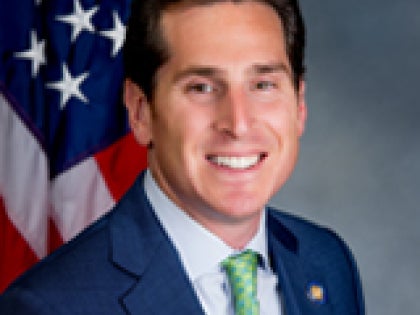
LI schools: Taking steps toward financial fairness
New York State, which faces the gargantuan task each year of delivering billions of dollars in aid to 670-plus public school districts, is steering more money for the 2019-20 academic year toward the poorest recipients.
The redistribution deals with what is known as “foundation aid” — one major category of a larger state-aid package that totals more than $27 billion statewide. Other categories of state financial assistance reimburse local districts for costs such as bus transportation and construction. Foundation aid funds are used to more equitably apportion money to districts.
The State Legislature, fully controlled by Democrats for the first time in a decade, this spring made complex changes to the foundation-aid formula to ensure that poorer school systems receive more from the financial pot.
Brian Fessler, an executive and analyst for the New York State School Boards Association, likened the approach to an ice-cream truck offering multiple flavors to meet different customers’ tastes.
On Long Island, which encompasses 124 districts, the switches in funding will translate into more money in 2019-20 for systems facing special circumstances, such as increases in poverty rates or numbers of students who speak limited English.
Beneficiaries include the Amityville school district, which has been tapped for an aid increase of $3.7 million, or 13 percent above this year’s figure. Others are the Valley Stream 30 district, which is getting an extra $1.4 million, or 18 percent more, and the Glen Cove system, which is due an additional $1.3 million, a nearly 10 percent increase from the current year’s allotment.
One Amityville school board trustee, Laura McVeety Pawlewicz, who is running for re-election, said she appreciates the extra state assistance, but believes it barely compensates for federal grant money lost two years ago by her district and others in the region.
Pawlewicz said the district has experienced an 11 percent increase in Spanish-speaking students during the three years she has been on the board and needs more state help for preschool programs and other services.
“I’m always going to be seeking more money,” said Pawlewicz, a mother of two. “The taxes we pay down here are incredible. You know, we have an exceptional situation here — children with financial need.”
Pawlewicz’s opponent in the board race, Andrew Ayodeji, said the extra state cash will be helpful next year, and he would like the district to be more transparent in explaining its spending allocations.
“That’s why I’m here, so we can have a better idea where the money is going,” said Ayodeji, who runs a local summer baseball league for children and adults, referring to his board candidacy.
Tuesday is when school board elections and budget votes will take place in districts statewide.
Pawlewicz and Ayodeji are among 271 candidates in 66 districts on Long Island seeking board seats in contested elections. Details on board races and district spending proposals totaling more than $13 billion are detailed in this School Voters Guide.
A key question raised throughout this budget season is whether local school districts, especially the poorest, get their fair share of state financial assistance.
